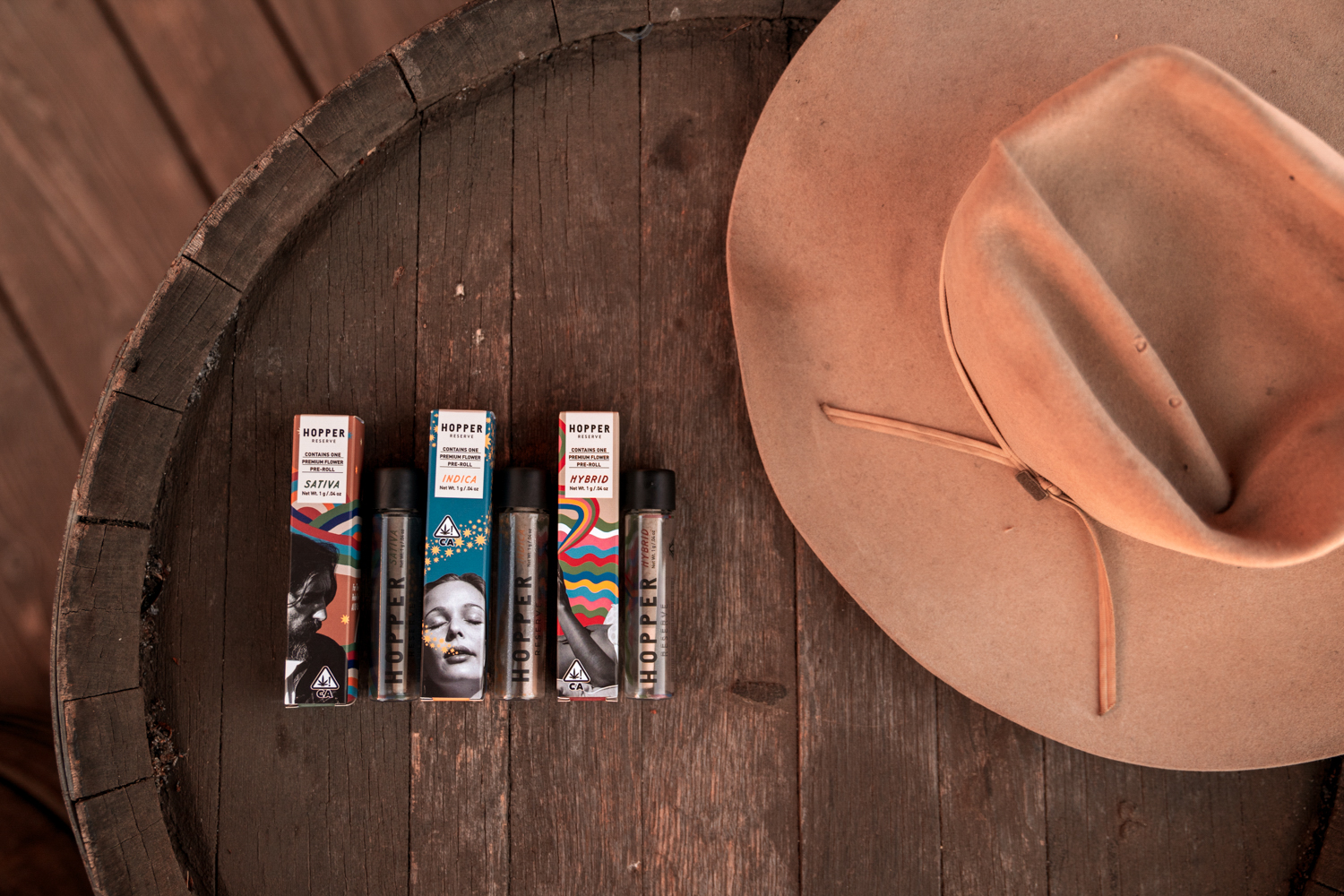
A Certificate of Analysis (COA) is a detailed document that discloses the chemical profile and safety characteristics of a specific batch of cannabis product. This essential report ensures transparency and compliance in the regulated cannabis industry by verifying that the product is safe, consistently manufactured, and meets stringent quality standards. High Performance Liquid Chromatography (HPLC) is commonly employed to analyze cannabinoids, terpenes, and contaminants.
Our products are third-party tested to ensure the highest quality for the consumer.
Test Results Report
Tests Performed
-
Cannabinoid potency
PASSED
Analysis of major cannabinoids by advanced chromatography. Cannabinoids make up the Total Active Cannabinoids (or TAC) number you typically see on batch labels. See the Cannabinoids and Terpenoids section for greater detail on exactly which cannabinoids are present in this product and batch and how they map to some of the unique mental and physical effects for each cannabinoid.
-
Heavy metals
PASSED
The cannabis plant is an excellent bioremediator, soaking up a large majority of whatever the roots come in contact with. Using an Inductively Coupled Plasma Mass Spectrometer (ICP-MS), labs can quantify the amount of Arsenic (As), Cadmium (Cd), Mercury (Hg), and Lead (Pb), which can cause serious health problems if consumed even at very low levels.
-
Microbials
PASSED
Yeast, mold, and bacteria, including E. coli and Salmonella, are microbiological contaminants that may be found in cannabis. Inhaling even small amounts of microbiological contaminants may lead to infections, especially in patients with compromised immune systems. By utilizing validated Most Probable Number (MPN) methods and Enzyme Linked Fluorescent Assay (ELFA), labs can confirm microbiological contaminants for any product.
-
Mycotoxins
PASSED
Toxic compounds produced by certain molds that can contaminate cannabis and pose health risks.
-
Pesticides
PASSED
Pesticides are used to protect plants from biological pests, contaminants, and diseases. When inhaled, especially by patients with compromised immune systems, even small amounts of pesticides can cause serious health problems.
-
Residual solvents
PASSED
Solvents are used to separate cannabinoids and terpenes from the rest of the plant material during extraction. Following extraction, residual amounts of the solvents used may remain in the consumable product. Consuming products with high concentrations of residual solvents may be hazardous to a patient's health.
Cannabinoids
- ND means that the compound was not detected in lab testing. <LOQ means that the compound was able to be detected in such a small amount that an accurate measurement could not be made.
-
Δ9-THC
22.13%
THC, Δ9-THC, or tetrahydrocannabinol, is the chemical compound in cannabis responsible for a euphoric high. THC has a wide range of short-term effects which may or may not be experienced depending on the individual. For example, while some may find that THC elicits strong feelings of calm and peace, others may notice an increase in their anxiety levels. The difference can be as simple as one’s own body chemistry, but certain strains and varying concentrations of THC can also create different outcomes in how one feels.
-
THCa
21.31%
Tetrahydrocannabinolic acid, the precursor to THC found in raw cannabis which becomes THC when heated.
-
CBGa
0.76%
Cannabigerolic acid, the precursor to major cannabinoids like THC and CBD.
-
CBCa
0.21%
Cannabichromenic acid, a precursor to CBC found in raw cannabis which converts to CBC when heated.
- THCVa 0.12%
-
CBD
ND
CBD, or Cannabidiol, is typically the second-most abundant cannabinoid in cannabis, but this isn’t always the case. High-CBD strains tend to deliver very clear-headed, functional effects without the euphoric high associated with high-THC strains. They’re typically preferred by consumers who are extremely sensitive to the side effects of THC (e.g., anxiety, paranoia, dizziness). A high-CBD strain would also be a great choice for someone needing to medicate throughout the day to control pain, inflammation, anxiety, or other chronic conditions.
